Economic inequality and why it must be addressed
Today, Bangladesh aspires to build a society without inequalities—particularly economic inequalities. From the days of Pakistan to the present day, the people of Bangladesh have been fighting against economic inequalities. Even after the independence of Bangladesh, questions of social justice, equality, and equity have emerged again and again. People's desire for a disparity-free society continues. Therefore, addressing economic inequality is a prime ethical and developmental issue for Bangladesh.
Theoretically speaking, violations of fundamental human rights, destruction of social justice, and unjust economic biases remain at the centre of economic inequalities and discrimination. While assessing inequalities, the focus is often on outcomes—e.g., income or wealth inequalities. However, in today's world, inequalities of opportunity—e.g., access to education and health services, information and communication technologies (ICTs), or employment opportunities—have become critical factors in economic inequalities. In most cases, inequalities in opportunities determine the inequalities in outcomes. For example, inequalities in education lead to inequalities in employment opportunities, resulting in income inequalities.
In the economic field, the existence of inequalities in income and wealth is well-known. A look at either defaulted bank loans or cross-border money laundering, amounting to thousands of crores or taka, clearly indicates that money and wealth in Bangladesh are concentrated in a few hands. An analysis of overall data shows that while the bottom 40 percent of the population in Bangladesh receives 13 percent of the country's GDP, the top 10 percent of the population enjoys 38 percent of it. Economic inequalities result in unequal human development outcomes as well. For example, in Bangladesh, the under-five mortality rate among the bottom quintile of the population is 49 per 1,000 live births, while the under-five mortality rate among the top quintile is 25 per 1,000 live births. Similarly, 85 percent of the births among the top 20 percent of the population are attended by trained birth personnel, while the comparable figure for the bottom 20 percent is 32 percent.
Disparities in the educational and health sectors are quite widespread. In education, with the coexistence of public and private education, schools for the wealthy versus poor children, and English versus Bengali medium schools, large-scale inequalities have been created. These have been reflected in educational achievements and later, in job opportunities and employment. Similarly, by maintaining a three-tier health system in Bangladesh, a huge discriminatory wall has been erected in society. Consequently, the public health facilities are inadequate and substandard. Naturally, it is the general public, which avails of the public health system, that does not receive even the minimum acceptable services. On the other hand, the rich take advantage of private hospitals and clinics, and the wealthier people go overseas for medical treatment. In ICT services, while three-fourths of the top quintile households have access to internet services, the comparable figure for the bottom quintile is only 9 percent. Fifty percent of urban people use the internet, while only 35 percent of the rural population uses it. In rural areas, only 3 percent of households have computers, and 78 percent of the rural population does not know how to use a computer. All these contribute to economic inequalities.
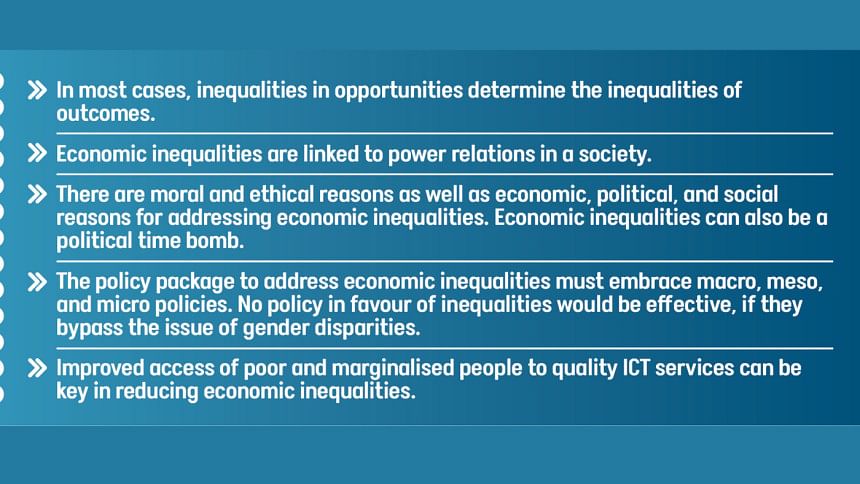
In Bangladesh, economic inequalities are reflected in gender disparities regarding outcomes as well as opportunities. For example, the labour force participation rate among women is 36 percent, compared to 81 percent among men. The representation of women in senior and middle management in the country is only 12 percent. The gender disparity in the use of mobile phones is 29 percent. About 33 percent and 17 percent of men and women, respectively, use the internet. The economic disempowerment of women stems from these aspects.
Economic inequalities are linked to power relations in society. In fact, economic inequalities and power relations reinforce each other. The disparities in economic endowment give rise to unequal economic, political, and social power between the rich and marginalised groups.
The unequal power relations help the rich and powerful consolidate their wealth. In the process, the entire dynamic becomes institutionalised, and the state facilitates that process, becoming a vested party to it. As a result, the poor become more marginalised and discriminated against in political spaces, social dynamics, decision-making, and even in the eyes of the law. As a result, human dignity and social justice for them become mere rhetoric.
Why is it important to address economic inequalities? There are moral and ethical reasons on one hand, and economic, social, and political reasons on the other. Discrimination among human beings and resultant inequalities on several planes are simply immoral and unethical. They are contrary to human rights and human dignity. Economic inequalities result in sub-optimal distribution of resources and depress economic growth. They also contribute to lower human development. Socially, economic inequalities destroy social cohesion and create social tensions between the advantaged and the disadvantaged. Economic inequalities can also be a political time bomb, which, if it explodes, can destroy a society and a country.
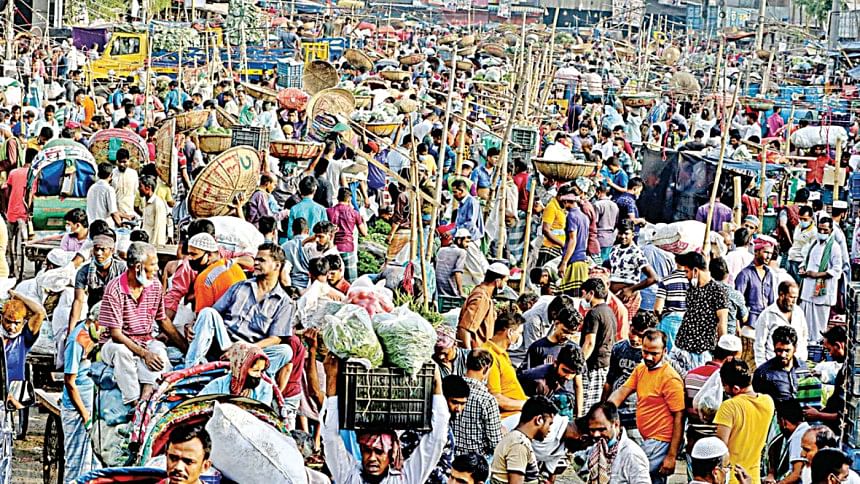
Now the million-dollar question is: what can be done to address economic inequalities? There needs to be strategies and measures on the economic front, in social arenas, in political spaces, and also in the cultural spectrum. Economically, the policy package must embrace macro policies, meso-policies, and micro policies. In terms of macro policies, the growth strategy must be pro-poor and inclusive. Job creation must concentrate in areas where poor people live. Furthermore, it is not growth-led employment, but employment-led growth that needs to be pursued. Redistributive tax policies and pro-poor biases in both direct and indirect taxes can reduce the gap between the rich and the poor. Favouring the poor and marginalised groups in trade policies, monetary, and fiscal policies can reduce economic inequalities. Social protection can help those disadvantawged groups who are not part of the growth and market mechanisms and need help.
At the meso level, institutions must be reformed and built to implement the pro-poor and inclusive macro policies. Institutions can perpetuate inequalities, and thus institutional reforms are as important as policy reforms. In this context, the importance of correct data and reliable statistics can hardly be overemphasised. Disaggregation of data on different planes is key to understanding the dynamics of economic inequalities and addressing them. At the micro level, support for farmers, small and medium-sized enterprises, informal sector producers, and particularly women entrepreneurs, is of significant importance. No policy in favour of equality would be effective if it bypasses the issues of gender disparities in economic opportunities and the discrimination women face in their productive and reproductive roles.
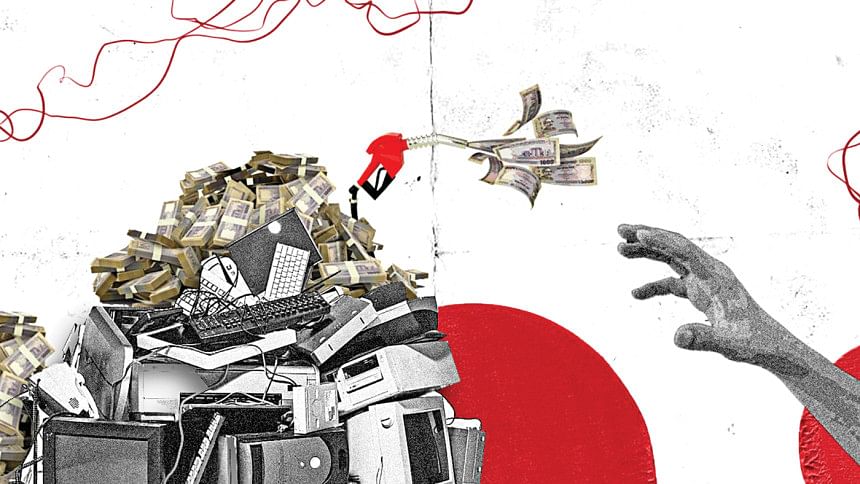
In the political arena, people must have the voice and autonomy to express which economic inequalities they want to tackle. In fact, participation in the decision-making process to influence economic policy-making and implementation can help not only the political empowerment of the common people but also address the economic inequalities they face. Such a process has economic inequality-dampening externalities. Inequalities in social services like health and education need to be tackled not only by enhancing the quantitative access of poor people to social services but also by ensuring the quality of services they receive. Levelling the playing field of social service opportunities would reduce social disparities, resulting in a reduction of economic inequalities. In recent times, access to ICTs has become a critical determining factor for inequality creation. Again, improved access for poor and marginalised people to quality ICT services can be key in reducing economic inequalities.
Inequalities, particularly economic inequalities, have become the defining issue of our time. An equitable society is the aspiration of the people of Bangladesh. Building an equitable and non-discriminatory society in Bangladesh is a difficult task, but definitely not an impossible one.
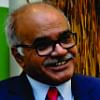
 For all latest news, follow The Daily Star's Google News channel.
For all latest news, follow The Daily Star's Google News channel. 


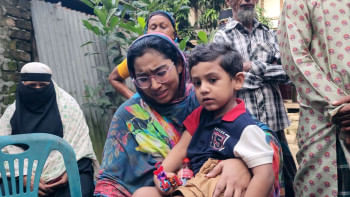
Comments